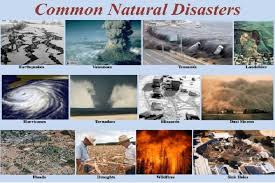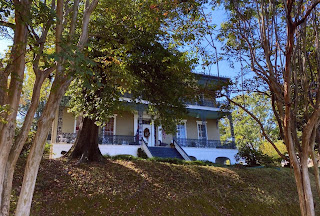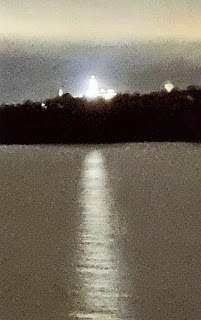Cotton Was & Is King

One last wonderful stop was Frogmore Plantation in Louisiana, a huge cotton processing facility. There I learned that the U.S. is #3 in cotton producing countries (China is #1 and India #2). I learned that cotton is delivered wrapped in pink from various area growers. Each "roll" is tagged with the grower's name, moisture content, date, etc. And each "roll" is processed separately. The basket on the left shows one pound of picked cotton. Just this one basket would take an enslaved person ALL DAY to pick out the seeds. Believe me, I tried it and it is HARD to do. Frogmore Plantation is fully mechanized and nice clean ready to use and wrapped bales finalize the process. The pictures below show how cotton was baled and shipped in the old days. There are hundreds of resources to access if you wish to know more about cotton, A-Z. With this small blurb, I hoped to just give you a pinch of information. And no, I shall not never become a cotton picker........





